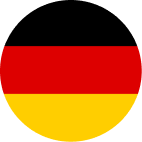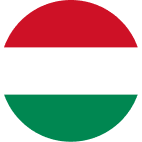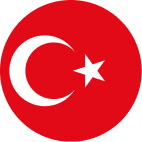This loss may be caused by overspray in the spraying process, for example. With regard to the economy of the coating process, the aim is to minimize material loss whilst at the same time achieving a high level of coating quality. This is expressed in the level of material effectiveness. This can be calculated after coating using a simple formula.
Material effectiveness of different applications:
| Dip coating (conventional) | ca. 90 - 95% |
| Coil-Coating | ca. 90 - 95 % |
| KTL | > 90 % |
| Pneumatic spray gun | ca. 40 %* |
| Airless gun | 40 - 70 %* |
Rotation atomization
- Rotating spray bell
- Rotating spray disc | up to 80 %* up to 95 %* *The degree of material effectiveness is particularly dependent on the geometry of the work piece, the configuration of the work piece mount, the relative movement of the spraying tool to the work piece and the parameters of the spraying unit (including rotational speed, high voltage, spray current, coating throughput, distance between spraying tool and work piece, airflow in the unit, guidance air in the case of high rotation bells) |
 Belgium nederlands
Belgium nederlands Belgium français
Belgium français Canada english
Canada english Canada français
Canada français China chinese
China chinese Czech Republic čeština
Czech Republic čeština Deutschland deutsch
Deutschland deutsch France français
France français Hungary magyar
Hungary magyar International english
International english Italy italiano
Italy italiano Netherlands nederlands
Netherlands nederlands Poland polski
Poland polski Russia русский
Russia русский Slovakia slovenčina
Slovakia slovenčina Switzerland français
Switzerland français Switzerland deutsch
Switzerland deutsch Turkey Türkçe
Turkey Türkçe USA english
USA english